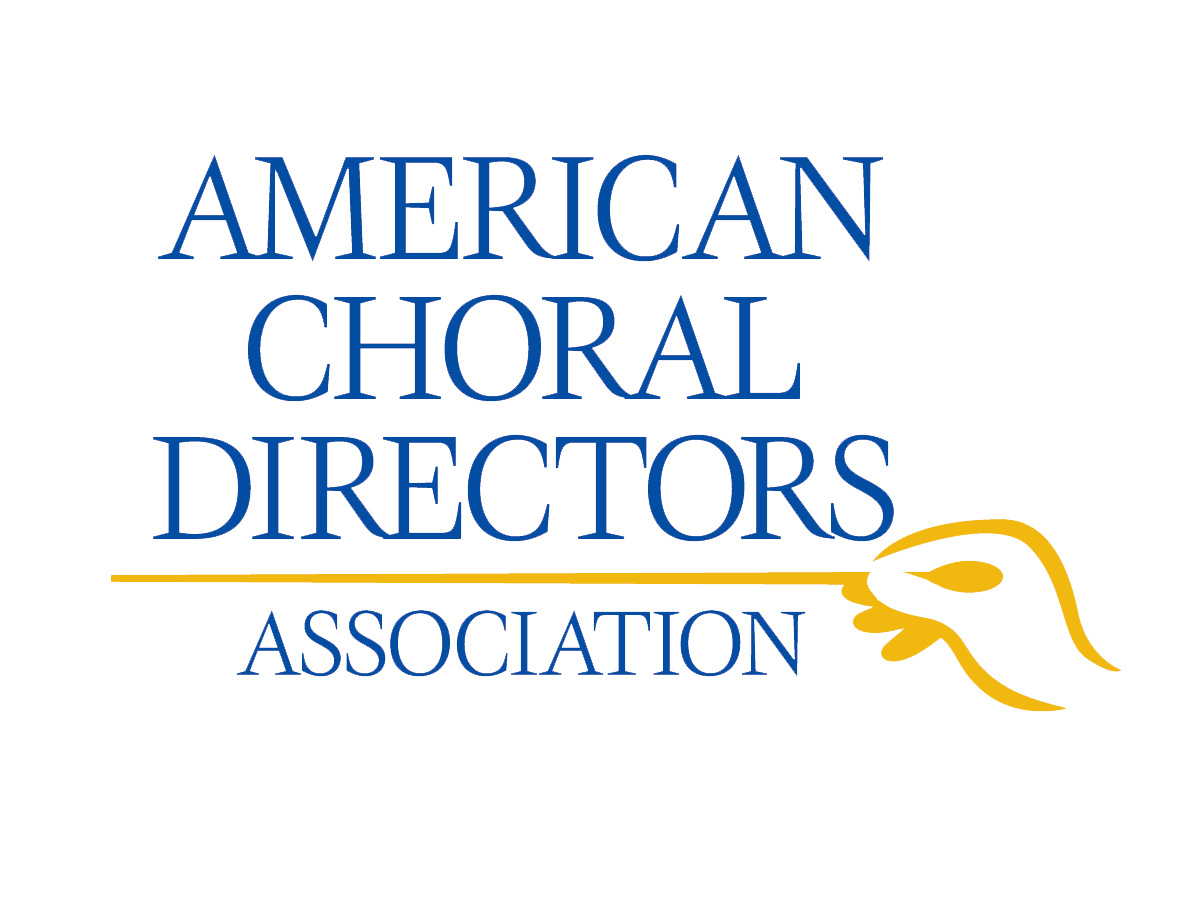The purpose of this basic qualitative study (Merriam & Tisdell, 2016) was to analyze Barbershop Harmony Society (BHS) judge perceptions of vocal and visual expression and what elements make up expressive performances. A secondary purpose was to explore how BHS judges perceived and utilized information gleaned from training. I interviewed ten current BHS judges from around the United States and Canada through a semi-structured interview process. There were four emergent themes: (a) authentic, believable communication, (b) relationship between vocal and visual expression, (c) first impressions, and (d) the continuous BHS judge training program. Each participant noted the importance of the BHS judge training program and its value in recognizing and evaluating vocal and visual expression. While not generalizable, this study starts to fill in some of the missing literature by providing insight into what vocal and visual expression are from the judge’s perspective. Additionally, the role of vocal and visual expression, the development of musical line, and the intentional nature of expression may be useful findings for other vocal genres. Consistent storytelling and musicianship throughout each rehearsal may help singers feel more comfortable expressing themselves through song and may potentially translate to more impactful performances. Finally, for BHS judges, directors, and singers, the findings in this study may help clarify what BHS judges look for in vocally and visually expressive performances. This study potentially provides a road map for implementing expression in the rehearsal, concert, and contest stages. Judges across all three BHS scoring categories experienced vocally and visually expressive performances similarly but through the lens of their category’s rubric.
You are here: Home / IJRCS / Barbershop Harmony Society Judge Perceptions of Expressive Performances and Contest Adjudication


